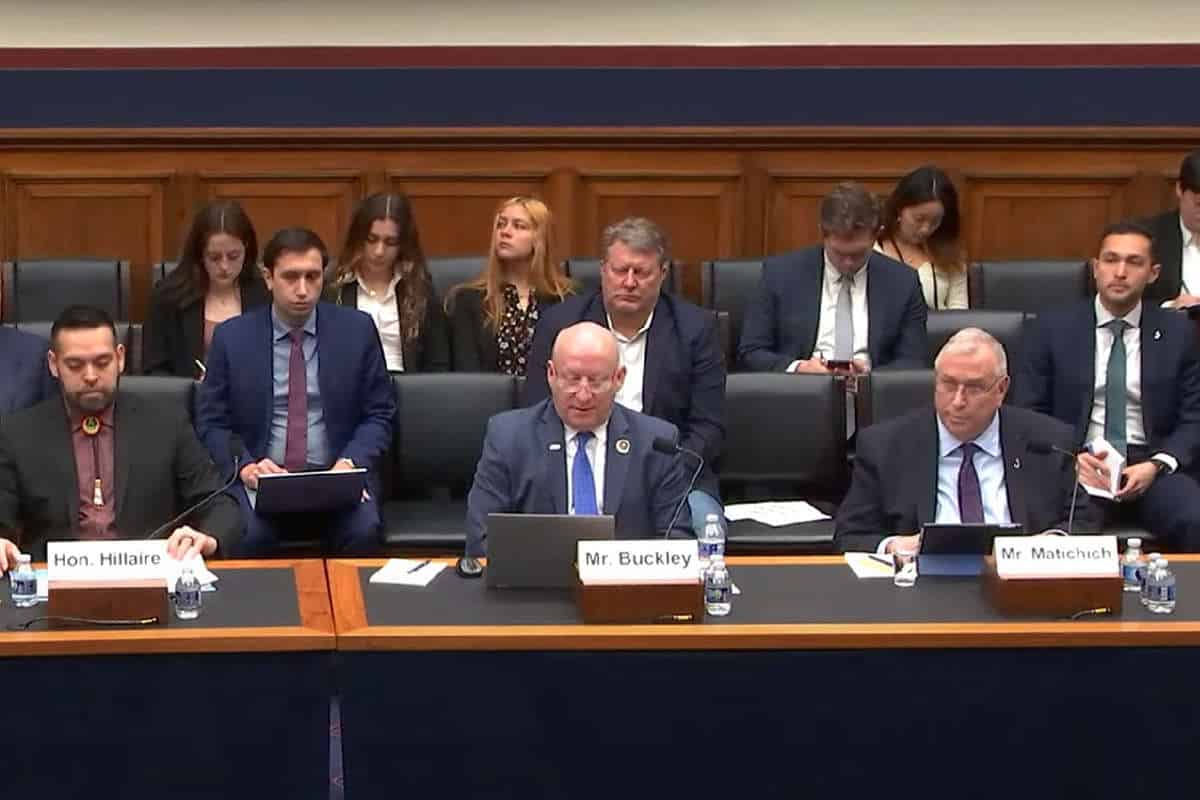The Right-to-Work Movement Is Gaining Momentum
Kentucky and Missouri just passed right-to-work laws within a few weeks of each other — 28 states now have such laws. Right-to-work (RTW) provisions forbid compulsory unionization and mandatory union dues collection. In those states adopting RTW laws, organized labor frequently finds it more difficult to recruit and keep members and to perpetuate bargaining relationships with employers. Recently, Michigan, Indiana and West Virginia all became RTW states. Who would have ever thought that West Virginia, home of the United Mineworkers, would ever go RTW?
Employers prefer to operate in a “business-friendly” environment, and this includes a climate where organized labor does not have a strangle hold on employees and employers alike. Many employers prefer to keep or start new operations in RTW states. Most RTW states are located in the southern and western regions of the United States, but things are changing quickly.
In the now 28 RTW states, employees do not have to join the union and pay dues even if their employer is a unionized company subject to a collective bargaining agreement. But, in non-RTW states such as Ohio and Pennsylvania, if 51 percent of a company’s employees vote in favor of having a union, the other 49 percent must either belong to the union or pay union service fees much like dues. Of course, union dues are the life blood of the union movement giving organized labor approximately $4.5 billion each year to deal with employers and to carry out their political agenda. Without many of Kentucky’s and Missouri’s employees paying dues, unions will find it less advantageous to operate in these RTW states and will concentrate on other geographic areas more sympathetic to unions. In turn, corporate planners will look upon these RTW states as the most favorable states in which to install operations. This is because corporate decision makers frequently look upon compulsory unionism in a region as raising labor costs, lowering productivity and discouraging economic growth and income.
The RTW initiative is taking hold not only in the states but also in Washington, D.C., and even in some municipalities. In an interesting twist, municipalities are attempting to pass RTW ordinances to get a leg up on their fellow cities and West Chester Township, Ohio, considered one in January until a Township meeting was taken over by anti-RTW groups referring to the proposal as a “gimmick.” Most importantly, federal legislation has been introduced in Congress but could fall victim to a Democrat filibuster in the Senate. A federal RTW law is not anticipated in the near future with so much else going on in Washington.
Whether you are for or against the RTW movement, you should be concerned about the financial impact of the law on your business and your state. Census data for the period 2000 to 2009 showed that 4.9 million native-born Americans moved to RTW states, equating to 1,450 persons per day. A recent University of Minnesota study examined the issue of business location in the context of RTW laws. The study examined how manufacturing activity differs in counties that border each other but are located in different states that have opposing business climates. Amazingly, on average, the manufacturing share of total employment in a county increases by about one-third when one crosses the border into the pro-business side. The study also found that the cumulative growth of employment in manufacturing in the RTW states was 26 percent greater than in non-RTW states. Another study using Bureau of Economic Analysis for the 31-year period between 1977 and 2008 shows that nationwide total employment grew 71 percent, but RTW states significantly outpaced that average growing instead 100 percent. Non-RTW states had growth of only 56.5 percent. While these findings are attributable to the overall policy effects and not specifically RTW laws, the findings are compelling that business friendly states attract new industry.
Looking at Ohio as an example, it’s worrisome that it’s highly unlikely Ohio will close this state competition gap by becoming a RTW state any time soon. Governor John Kasich is still reeling from the 2011 referendum defeat of SB 5 which attempted to limit collective bargaining for public sector employees and curtail the obligation to pay union dues for some employees. Other Ohio politicians as well consider this issue too hot to touch. While rumblings of a proposed Ohio RTW law frequently lurk in the Ohio legislative hallways, the politicians recognize that organized labor is in a life or death struggle currently, and union leaders and their followers are taking no prisoners in the fight to regain the power organized labor once enjoyed.
Bob Dunlevey is an OSBA Board Certified labor and employment law attorney. He can be reached at 937.223.6003.
For more articles about legislation in the construction industry, click here.





